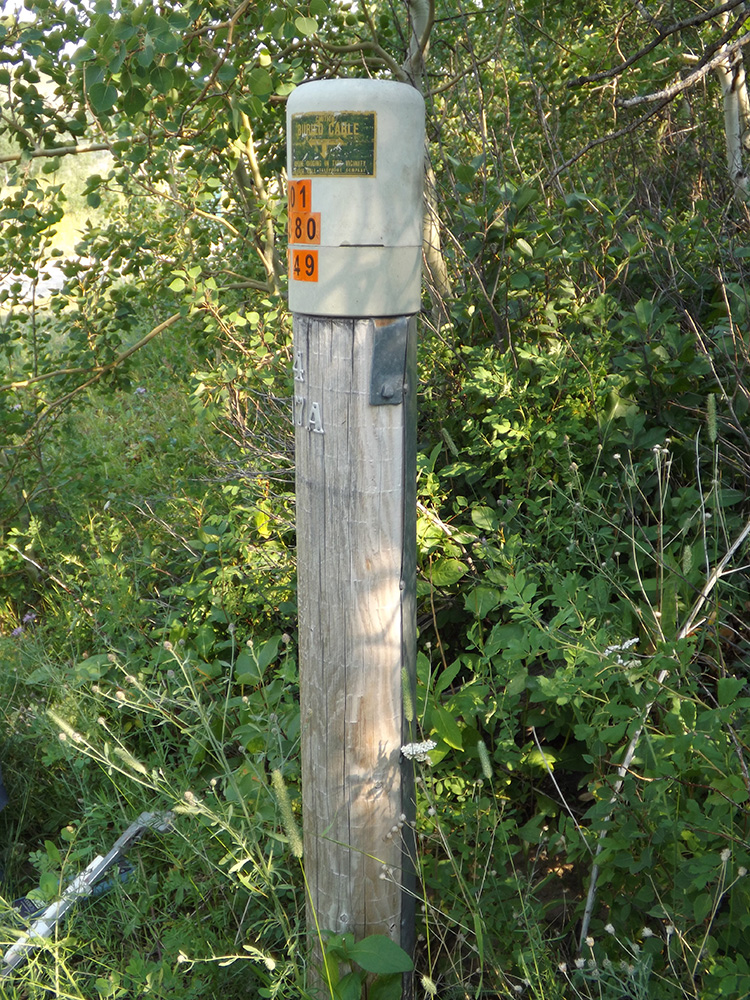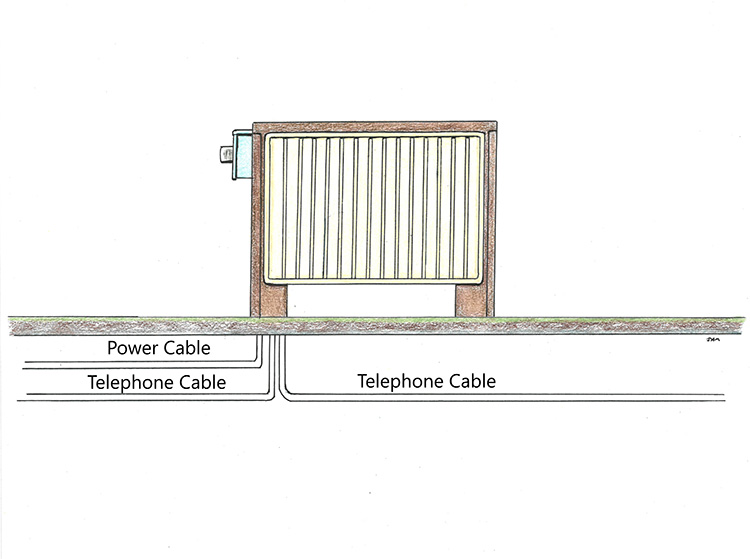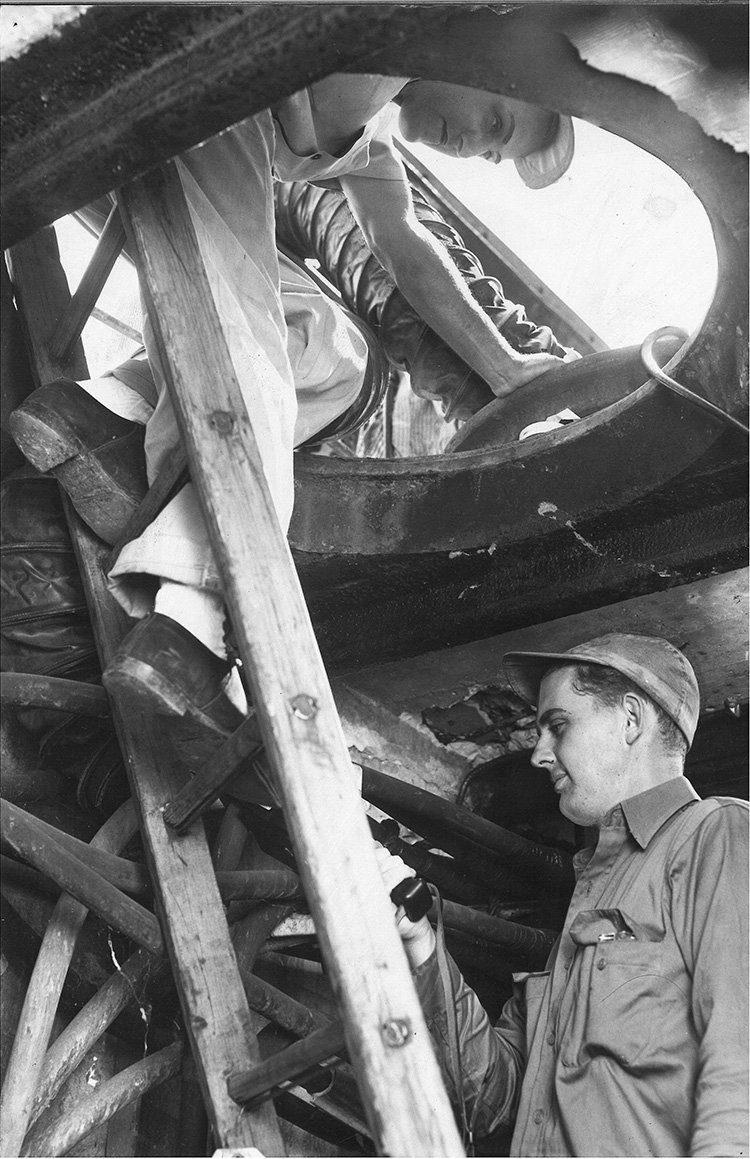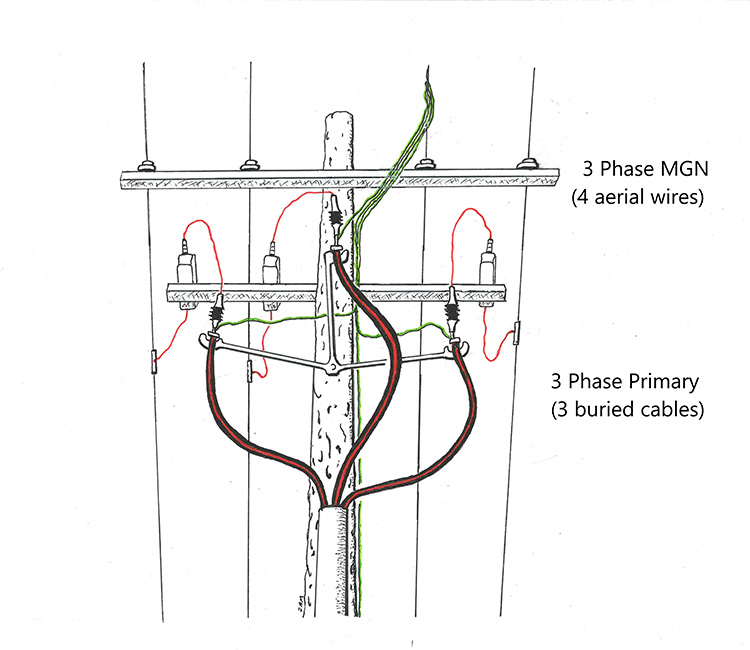UtilityIndustry.info is the website for providing useful information to those who work in and around the utility industry, especially those who work as Utility Locators/Technicians, also known as Damage Prevention Specialists. This includes Designators in Subsurface Utility Engineering (SUE).
This could be information on how to tell the difference between iron and steel pipes, or information on the difference between an electric transformer and an electric J-box.
Therefore, this site is centered on the Out Side Plant (OSP) of the utility industry: the pipes, cables, pedestals, transformers, manholes, vaults, and so on.
For instruction on locating buried utilities, Lux Subterra has produced a science-based Subsurface Utility Locating program which is now available. This is a 3-day course with an optional 4th day of instruction on GPR.
This is the most official and respected course on Utility Locating/Designating available, an in-depth technical course which is NULCA certified, CGA compliant, and in line with the newly developing standards of the Utility Engineering Surveying Institute (UESI).
For more details go to LocatorEducation.com











